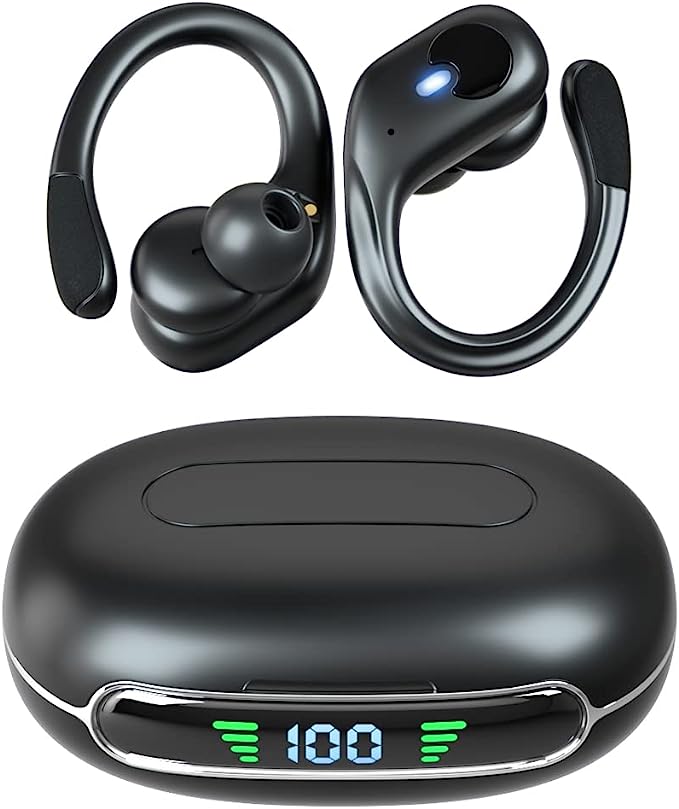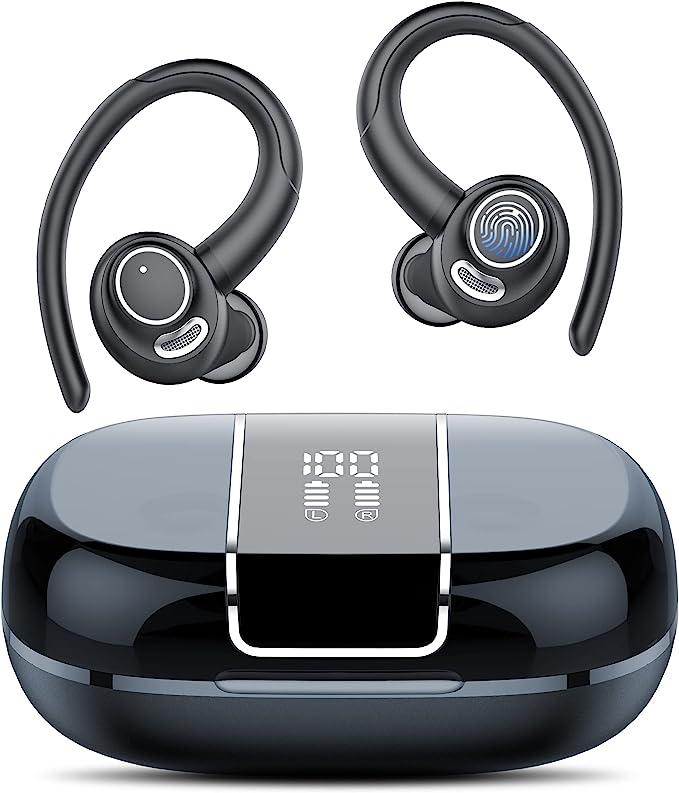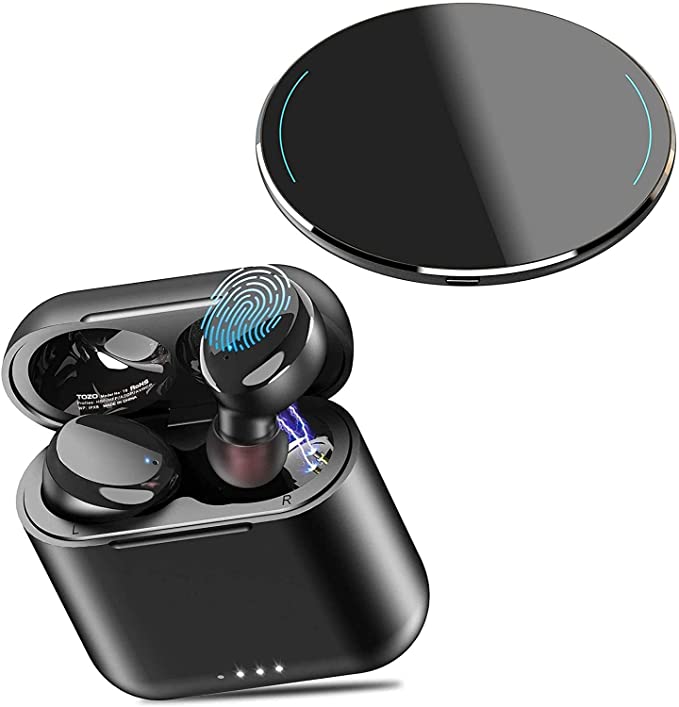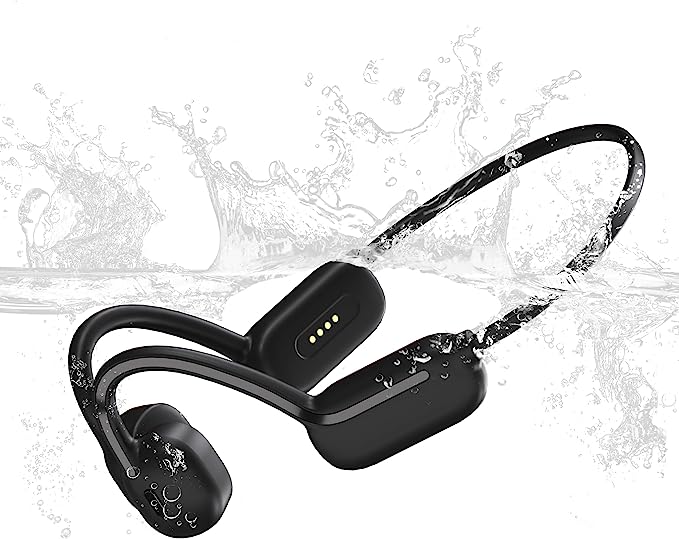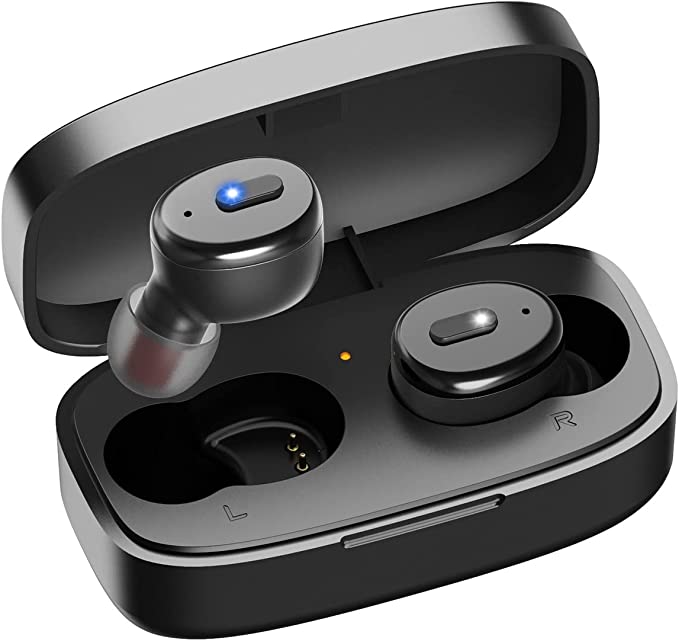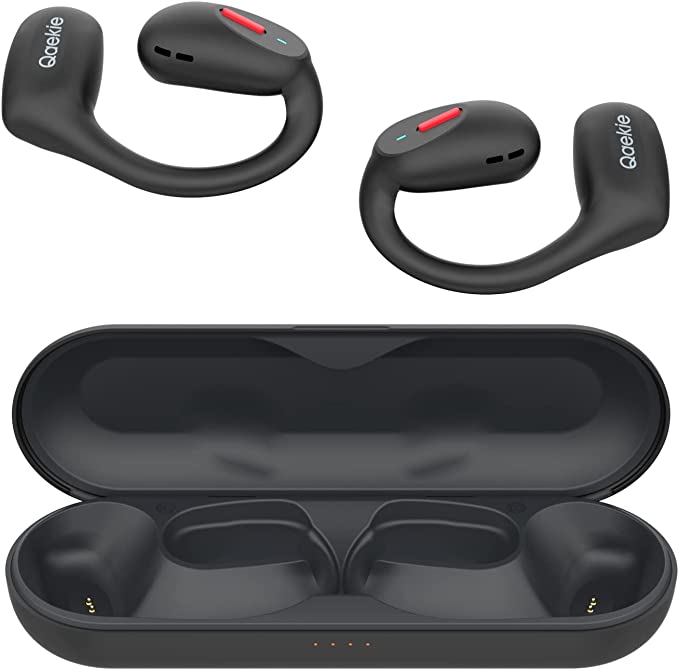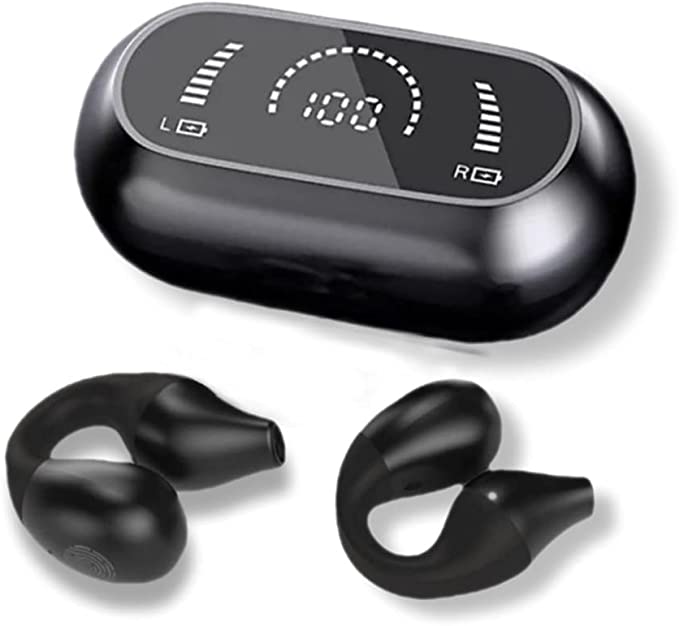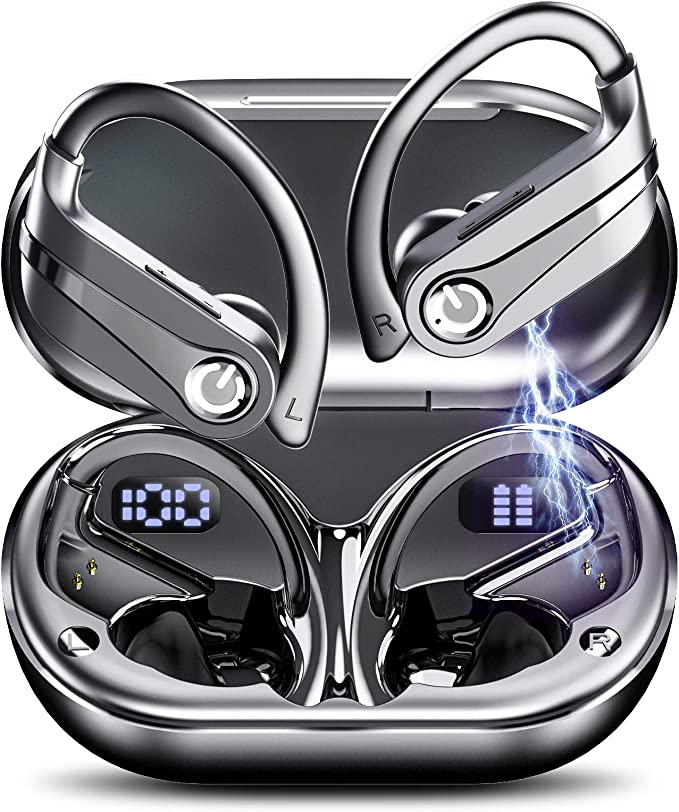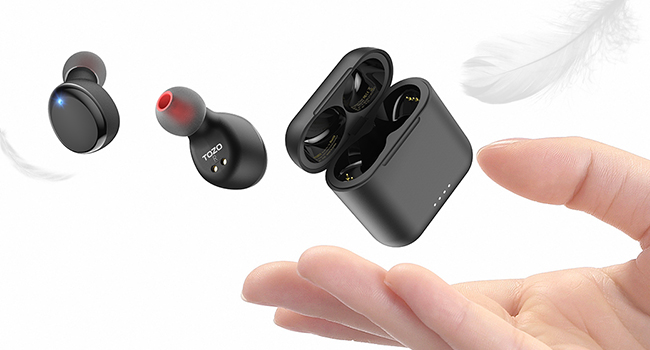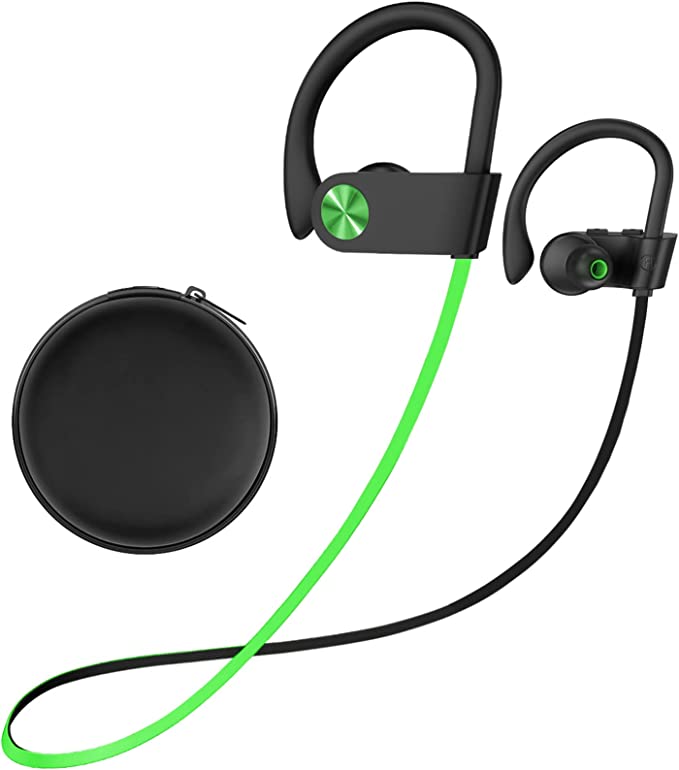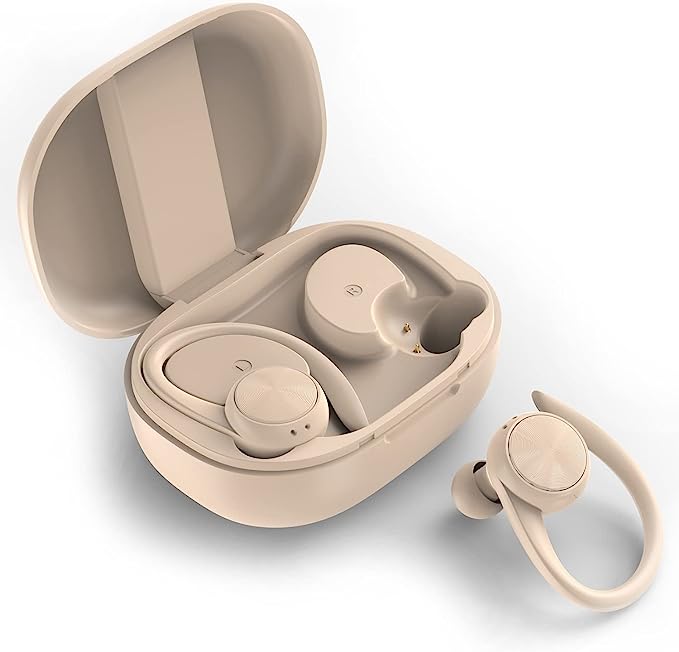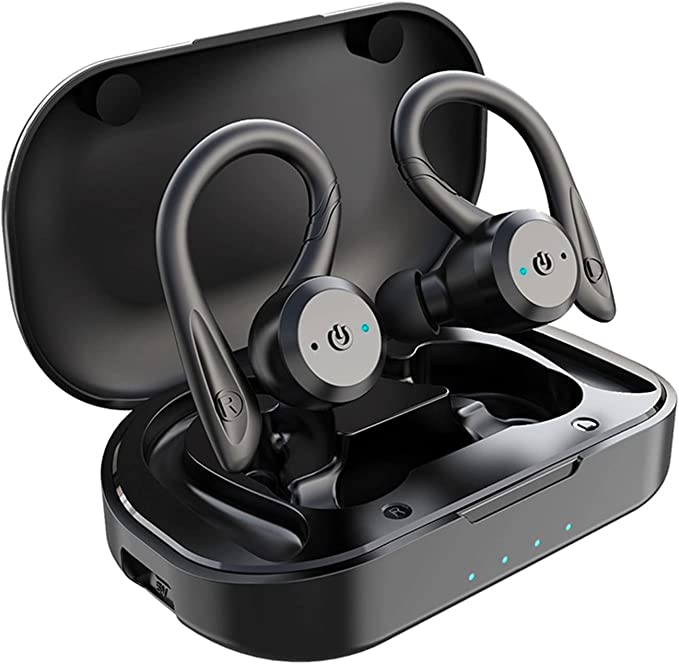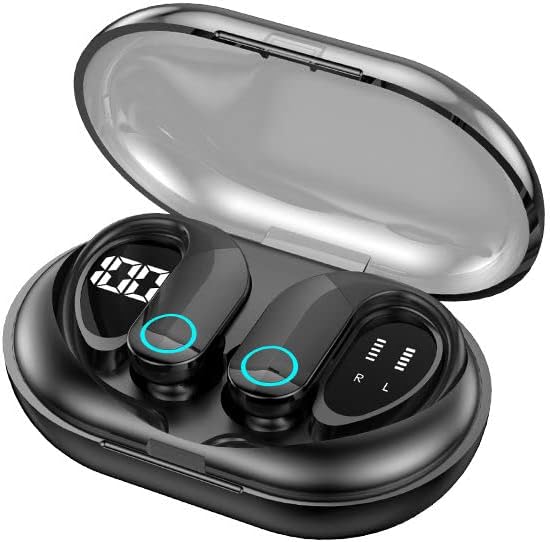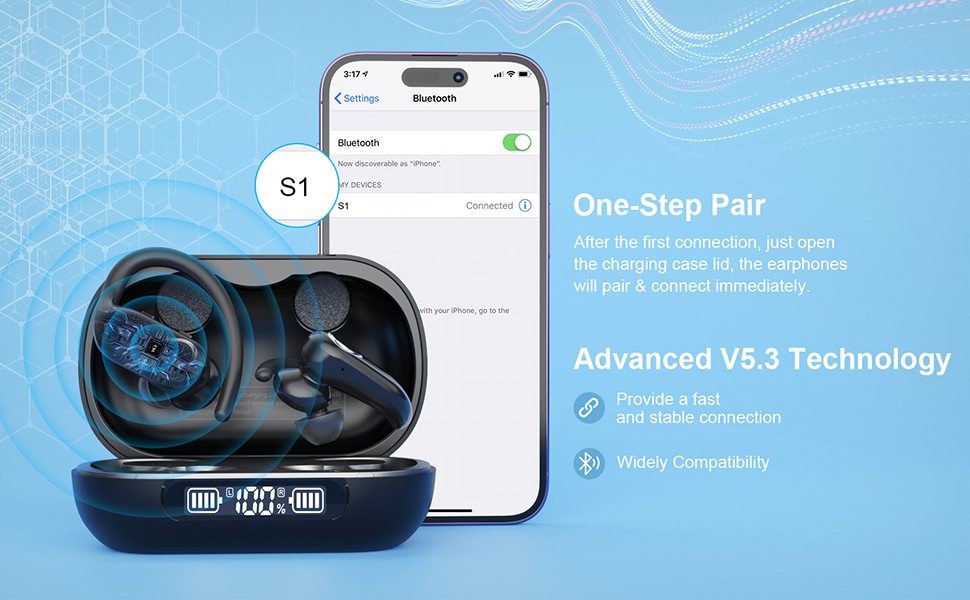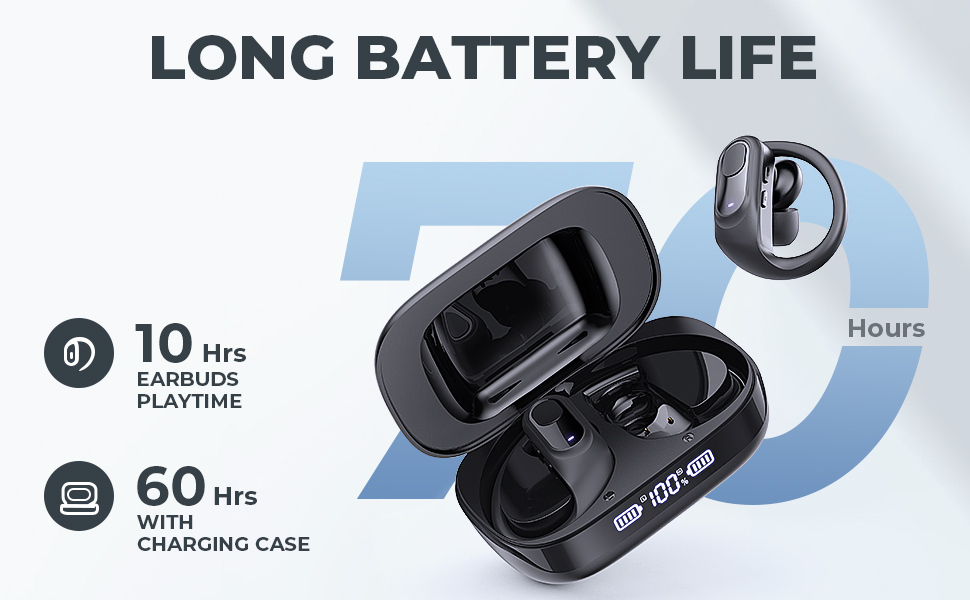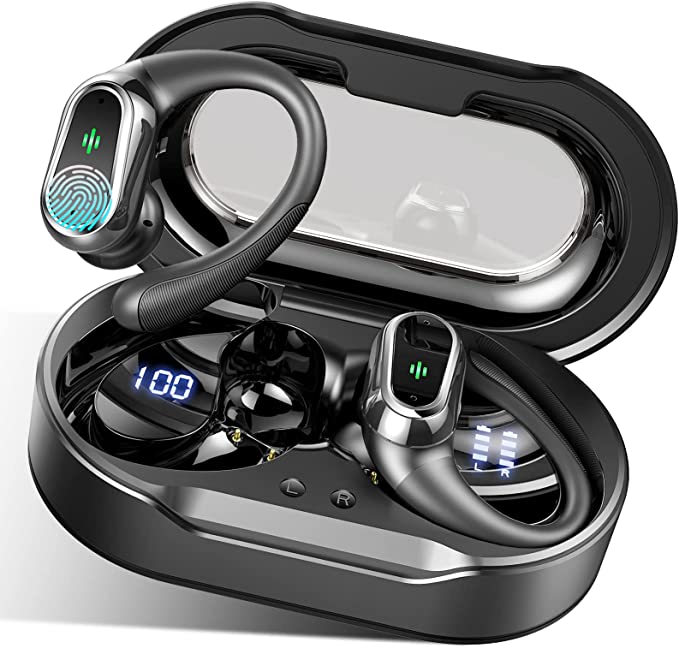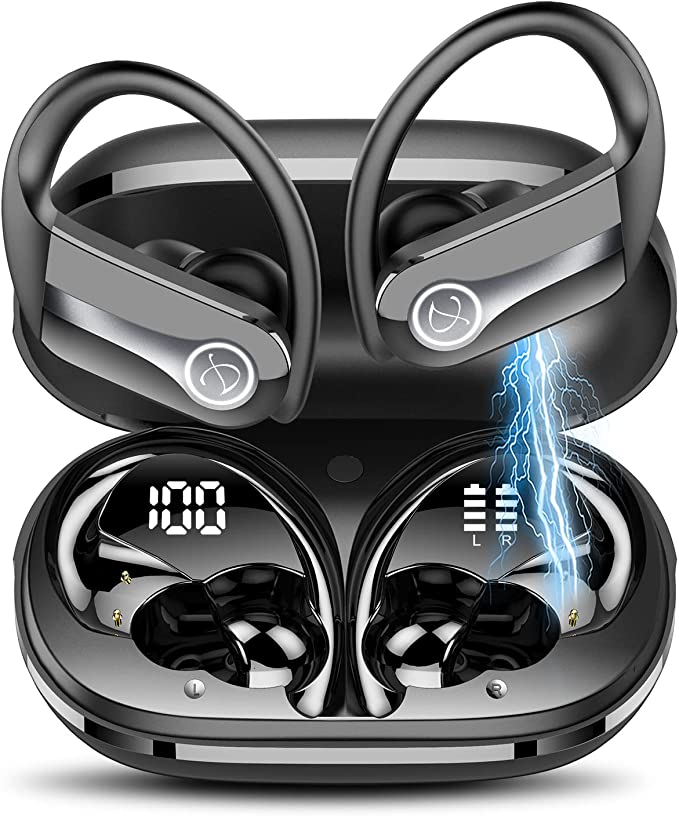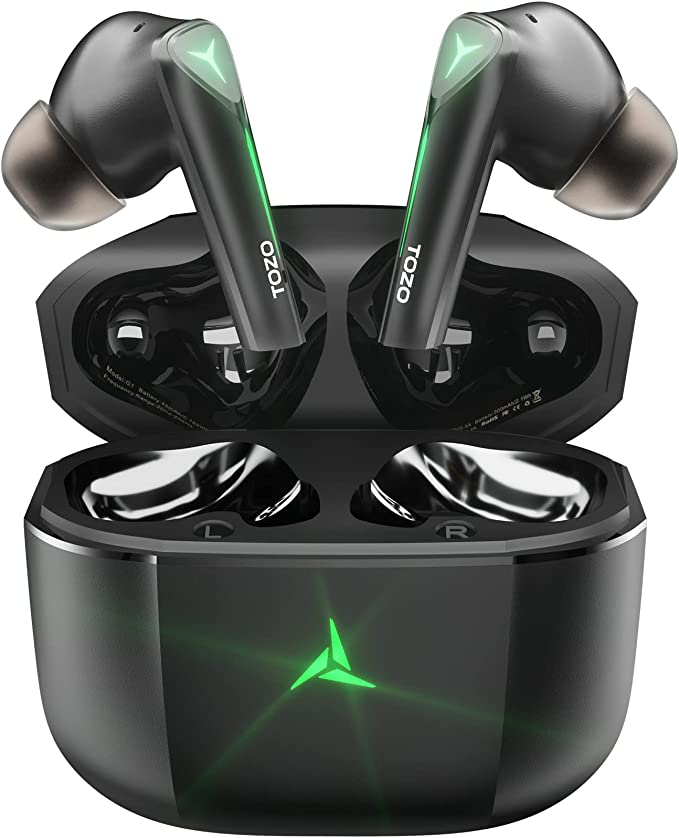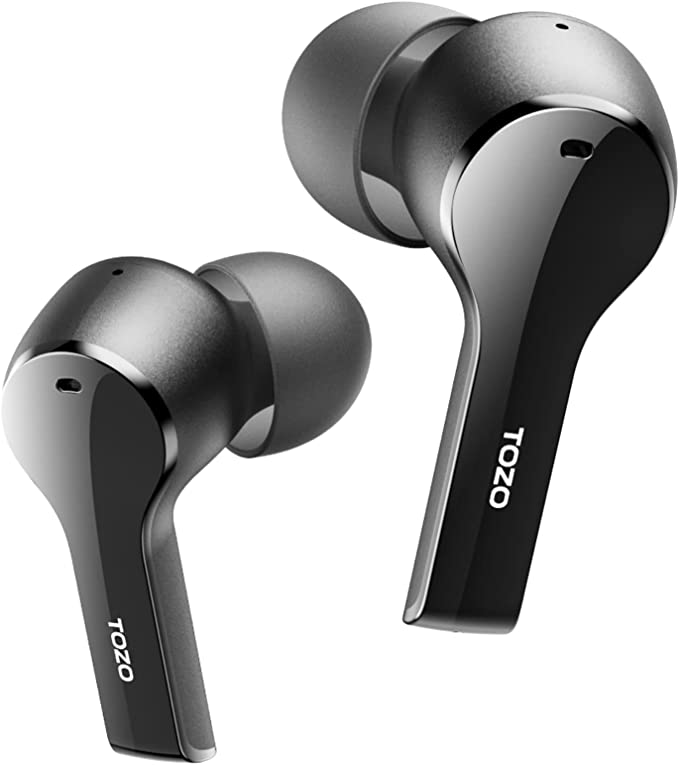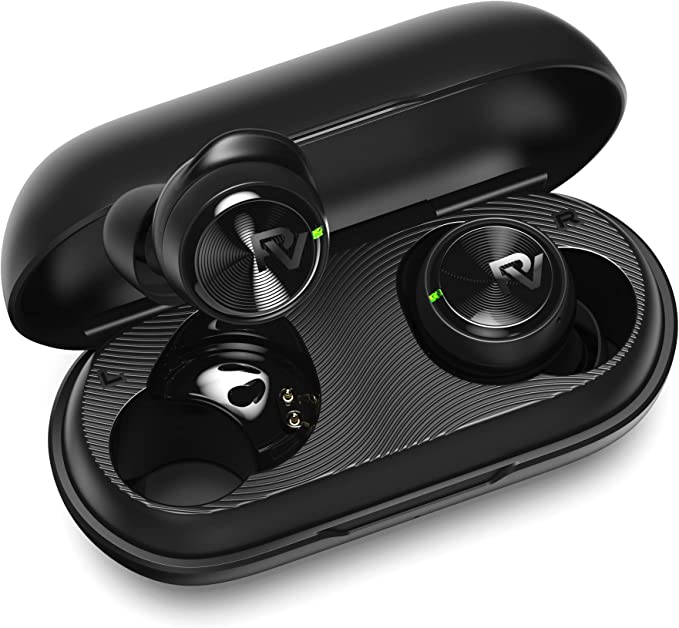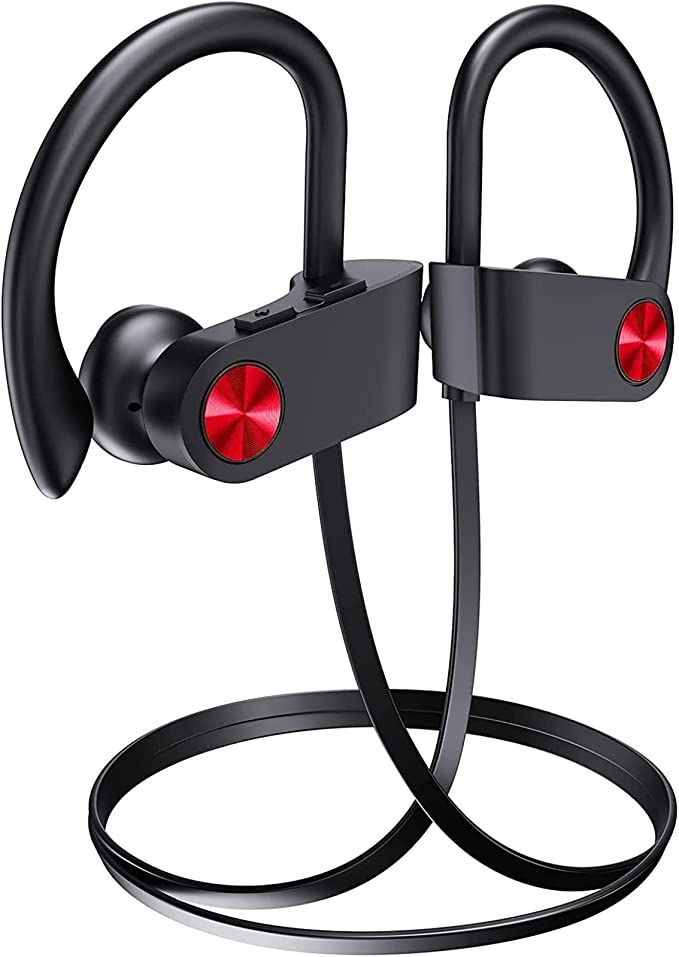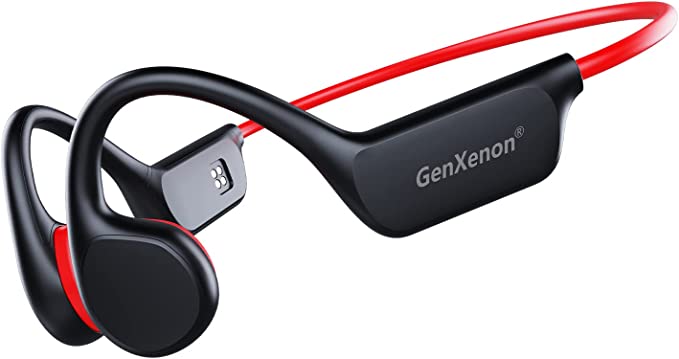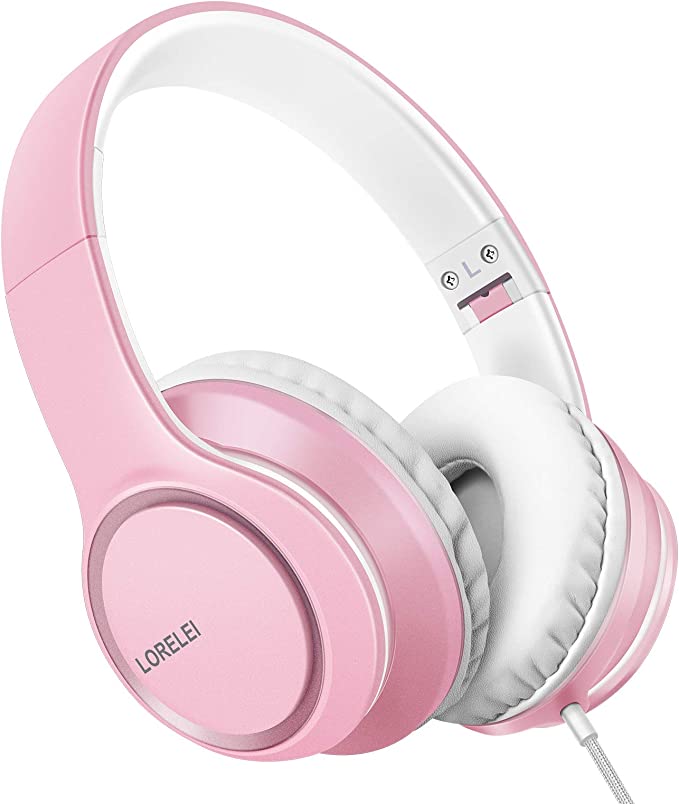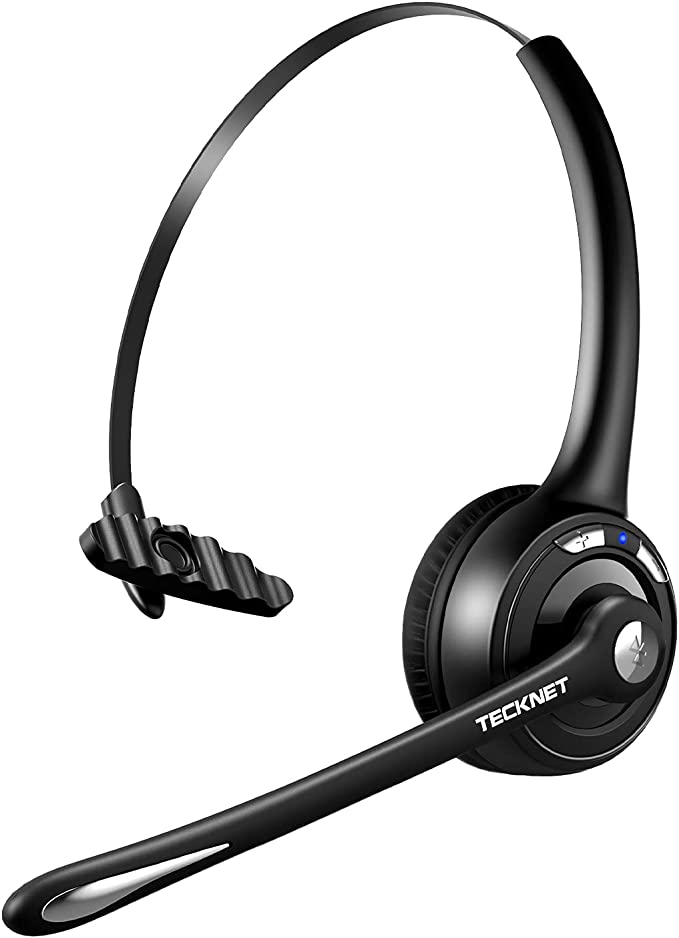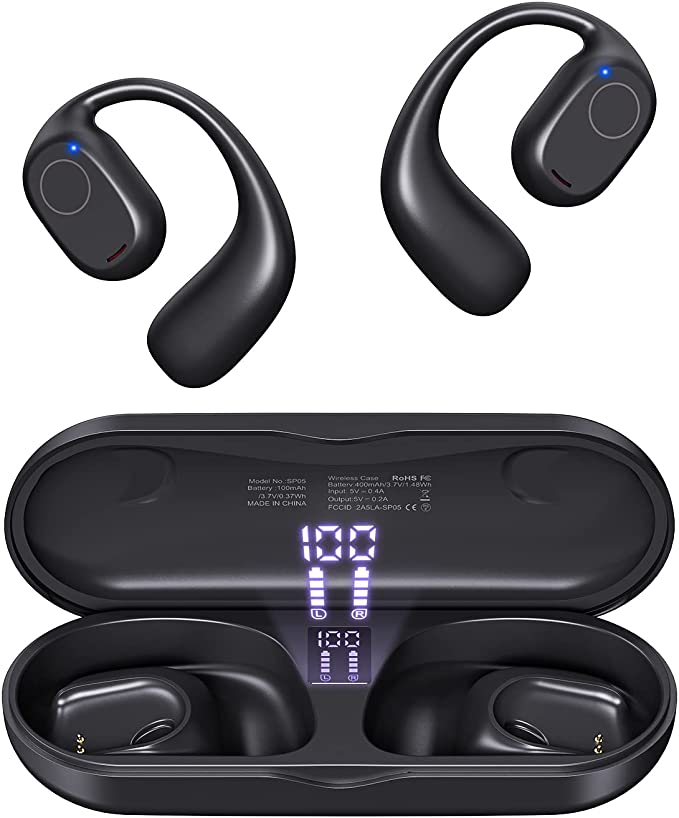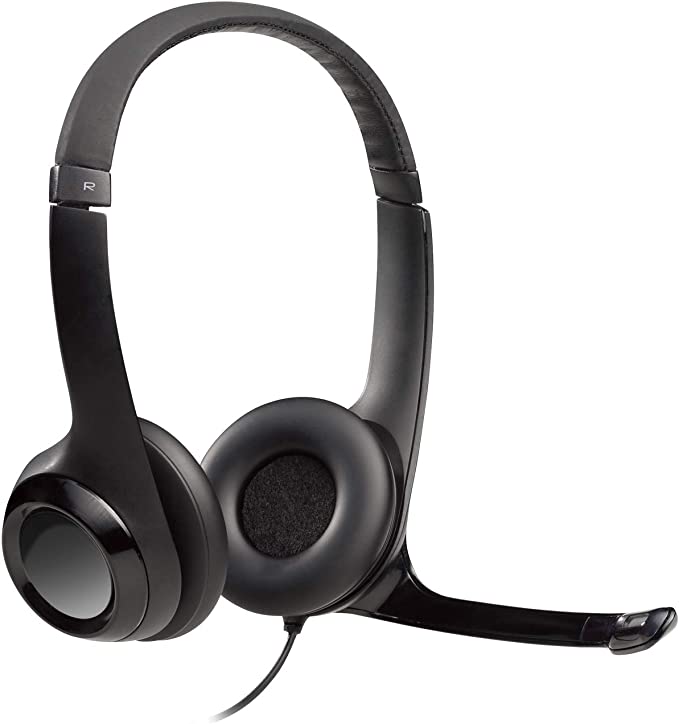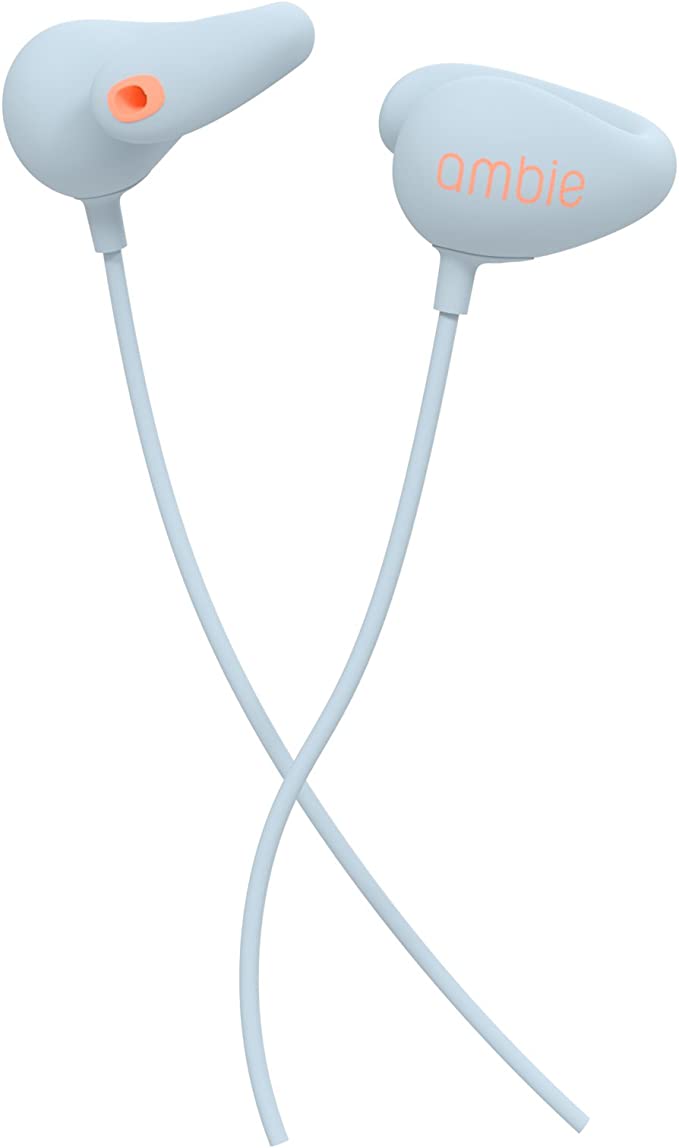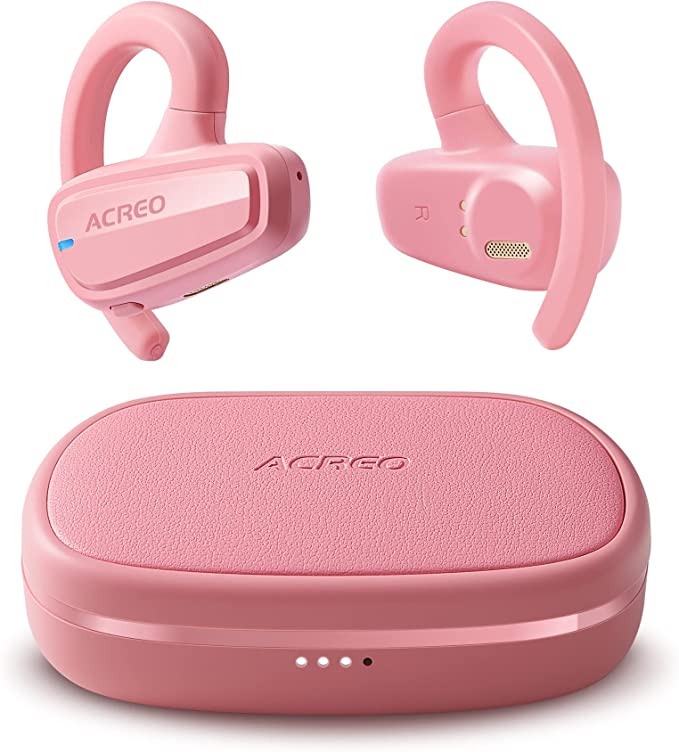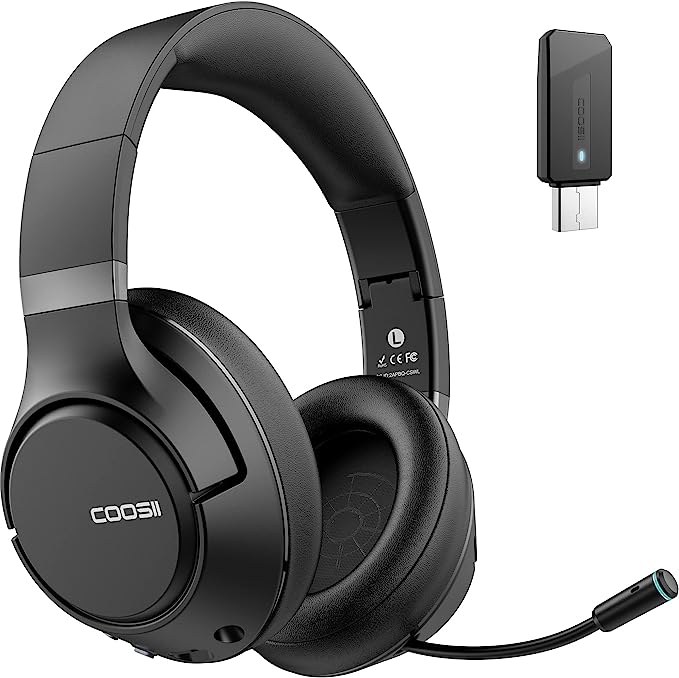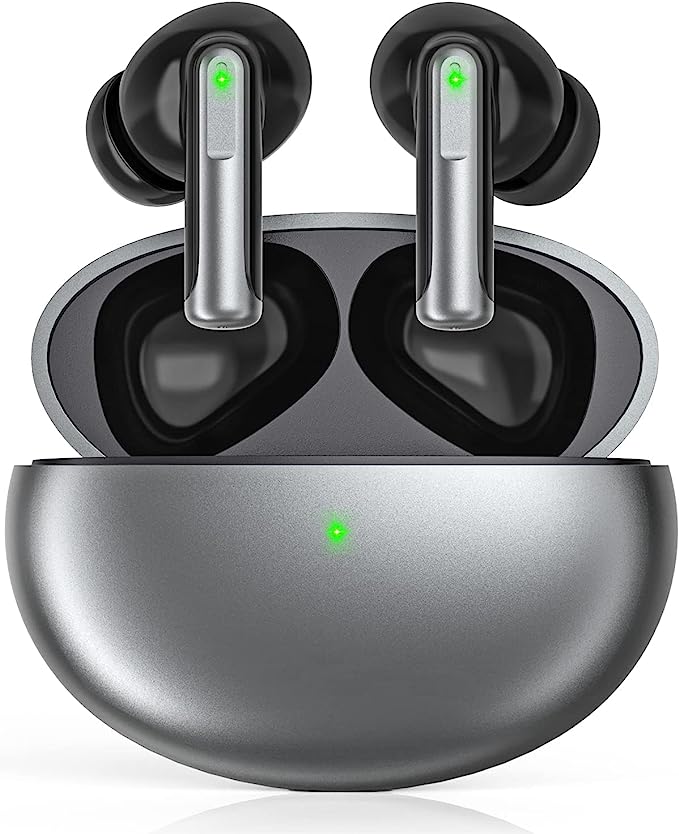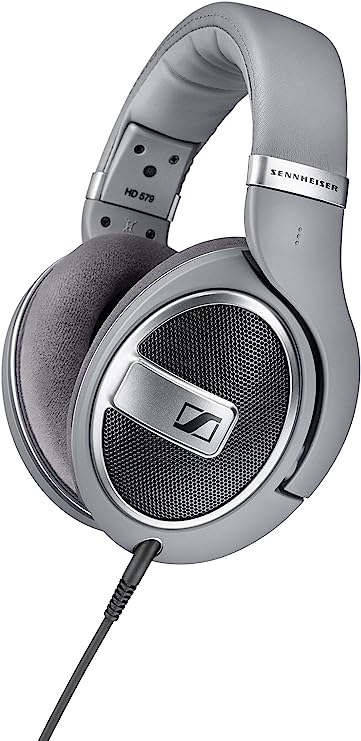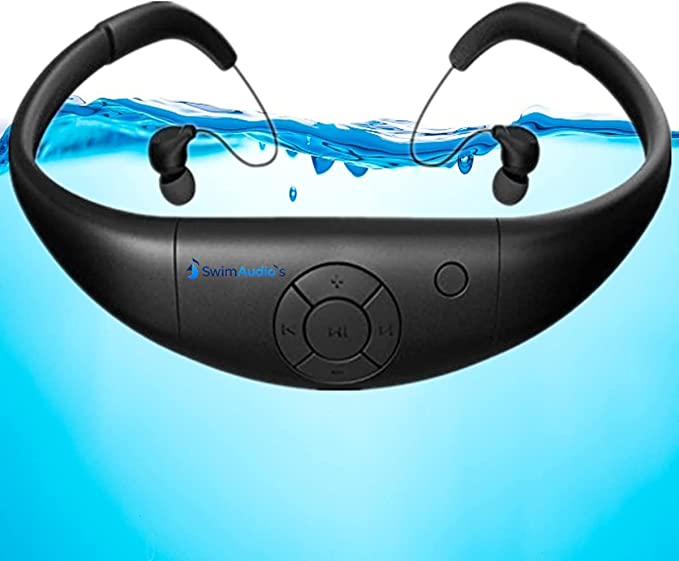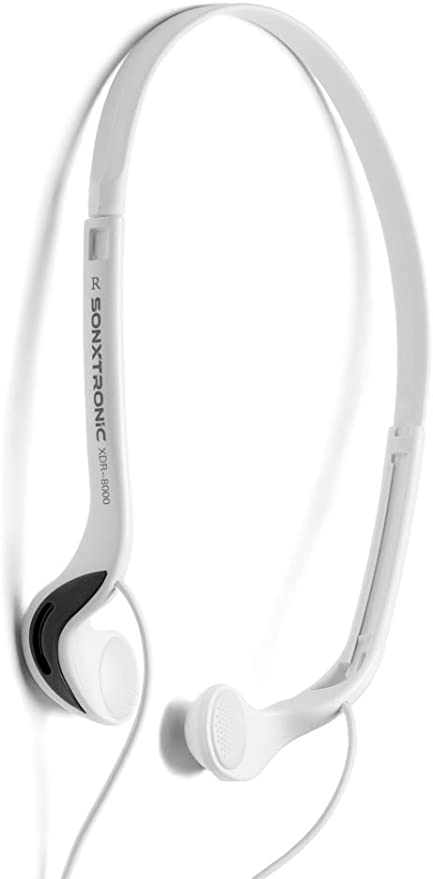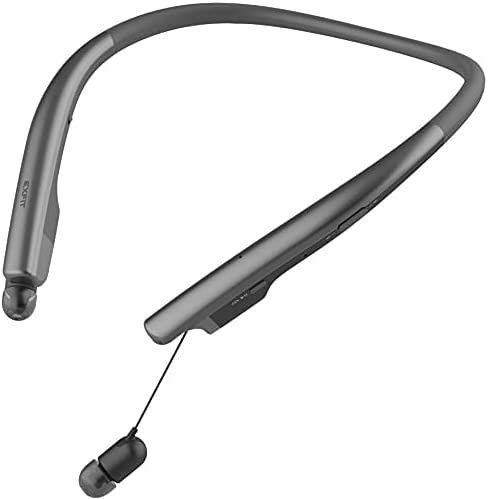MSTHOO BH685 Open Ear Wireless Headphones: The Open-Ear Headphones for Situational Awareness
Update on June 30, 2025, 4:40 a.m.
The Seattle sky is doing its thing—a persistent, indecisive drizzle that can’t make up its mind. It’s five miles into my morning loop around Green Lake, and my world has shrunk to the rhythm of my breathing, the splash of my feet on wet pavement, and the driving beat in my ears. In moments like this, your headphones aren’t just an accessory; they’re a lifeline. They’re also a gamble. I’ve had more expensive pairs die a silent, water-logged death in weather far nicer than this. But today, this sub-$30 pair, the MSTHOO 691A, is still pumping out tunes. And that got me thinking: how?
This isn’t about finding the “best” earbuds. This is about understanding the quiet, often overlooked brilliance of pragmatic design. It’s a journey into the science of how budget-friendly tech can solve million-dollar problems, not with exotic materials or revolutionary breakthroughs, but with honest, intelligent engineering.

The Unsung Hero: A Simple Battle Against Physics
The first and most visceral test of any sport earbud is the dreaded “fall-out.” It’s a moment of tiny panic, breaking your focus and your stride. Many earbuds try to solve this with friction, using different-sized silicone tips to wedge themselves into your ear canal. It’s a decent strategy until sweat, momentum, and gravity form an unholy alliance.
The earhook design of the 691A takes a different, far more effective approach rooted in basic biomechanics. Think of it less like a plug and more like a rock climber’s anchor. The earbud itself rests in the ear, but the flexible hook drapes over the top of your pinna (the fancy term for your outer ear), creating a simple lever system. It uses the solid cartilage structure of your ear to create a counter-balancing force. Every jolt from your stride that tries to push the earbud out is met by the gentle, secure resistance of the hook from above. It’s not magic; it’s a beautifully simple distribution of force. This isn’t about brute force; it’s about finding the perfect, unshakable balance—a small piece of plastic that offers profound peace of mind.

The Invisible Shield: Embracing the Elements with Science
As the drizzle thickens into proper rain, the second great enemy of workout electronics makes its appearance: water. For most gadgets, water is a death sentence. We’ve all been conditioned by warranty clauses and dire warnings. So, when a budget product claims an IPX8 rating, my inner skeptic raises an eyebrow.
Let’s quickly decode that. The “IP” stands for Ingress Protection, a global standard (specifically, IEC 60529) for sealing electronics. The “X” simply means it hasn’t been rated for dust protection, which is common for earbuds. The “8” is the star of the show. It’s the highest standard rating for water immersion, signifying the device can survive being continuously submerged in water deeper than one meter.
This isn’t achieved with tiny rubber gaskets. The secret, as the product page hints, is a “nano-coating.” This is one of the most fascinating bits of material science to trickle down into consumer tech. Imagine a coating so thin it’s invisible, applied to all the internal circuitry. This layer is hydrophobic, meaning it actively repels water on a molecular level. It works on the principle of the “Lotus Effect,” where the microscopic texture of the surface is so jagged that water droplets can’t spread out and wet the surface. Instead, they bead up and roll off, taking any dirt with them. It’s a microscopic, invisible raincoat for the delicate electronics inside. For a runner, this means the 691A is engineered to survive not just a downpour, but the far more corrosive and persistent threat of sweat, day in and day out.

The Long Haul: The Quiet Marathon of a Tiny Battery
An earbud that stays in and resists water is great, but useless if it dies mid-workout. This brings us to the third pillar of performance: endurance. The 691A claims an impressive 10 hours of playtime on a single charge, with the case providing a total of 36 hours. This longevity isn’t just about cramming a bigger battery in; it’s about being smarter with the power you have.
The credit here largely goes to Bluetooth 5.3. While most of us see version numbers as marketing fluff, the updates from the official Bluetooth Special Interest Group (SIG) are focused on real-world gains. The key is the evolution of its Low Energy (LE) protocol. Think of it like this: older Bluetooth versions were like people in a meeting who had to shout to be heard, wasting a lot of energy. Bluetooth 5.3 allows the earbuds and your phone to have a much more efficient conversation, using just enough power to maintain a stable link and quickly dropping into a low-power “sleep” mode between data packets. It’s this ruthless efficiency that makes a 10-hour runtime on a tiny lithium-ion cell possible.
This smart power management is paired with an equally smart user interface: the LED digital display on the case. From a Human-Computer Interaction (HCI) perspective, this is a masterstroke. Vague, four-dot indicators create “battery anxiety.” Is one dot 25% or 1%? A precise number—95%, 45%, 15%—removes all ambiguity. It empowers you with clear information, letting you decide if you have enough juice for a quick jog or a cross-country flight. It’s a simple feature that respects your intelligence and eliminates guesswork.

The Wisdom of a Single Button and the Art of Compromise
In a world obsessed with sleek, buttonless touch controls, the 691A’s single, physical button per earbud feels almost archaic. Until, that is, you try to skip a track with sweaty fingers or while wearing gloves in the winter. A physical button provides something invaluable: tactile feedback. A “click” is a definite, unambiguous signal. You don’t have to wonder if you tapped correctly or just smudged the surface. It’s a design choice that prioritizes function over form, a small nod to the messy reality of an active life.

It’s also here that we must acknowledge the reality of a budget product. Sifting through customer reviews reveals a common story in this market segment: product versions can change. Some users report receiving a different-shaped case or earbuds without the soft silicone tips. This isn’t a sign of a bad product, but rather a window into the world of “honest engineering.” When you’re designing to a strict price point, you focus your resources on the non-negotiables—the secure fit, the waterproofing, the battery life. Other elements may evolve or vary based on component availability and manufacturing tweaks. It’s the art of compromise, and understanding this allows you to appreciate the 691A for what it excels at, rather than penalizing it for not being a $200 flagship.

As I finish my run, soaked but satisfied, the music is still clear. The earbuds are right where I put them an hour ago. They didn’t perform flawlessly in an absolute sense—the sound isn’t for audiophiles, and the plastic feels, well, inexpensive. But they performed flawlessly for their purpose. They were a reliable tool that did its job without fuss.

The MSTHOO 691A isn’t a masterpiece of ultimate performance. It’s a masterpiece of balance. It’s a testament to the idea that great design isn’t always about adding more; it’s about knowing precisely what’s essential. In a world constantly chasing an elusive, expensive perfection, there’s a quiet victory in something that is simply, profoundly, good enough. And for a runner on a drizzly Seattle morning, “good enough” is everything.
